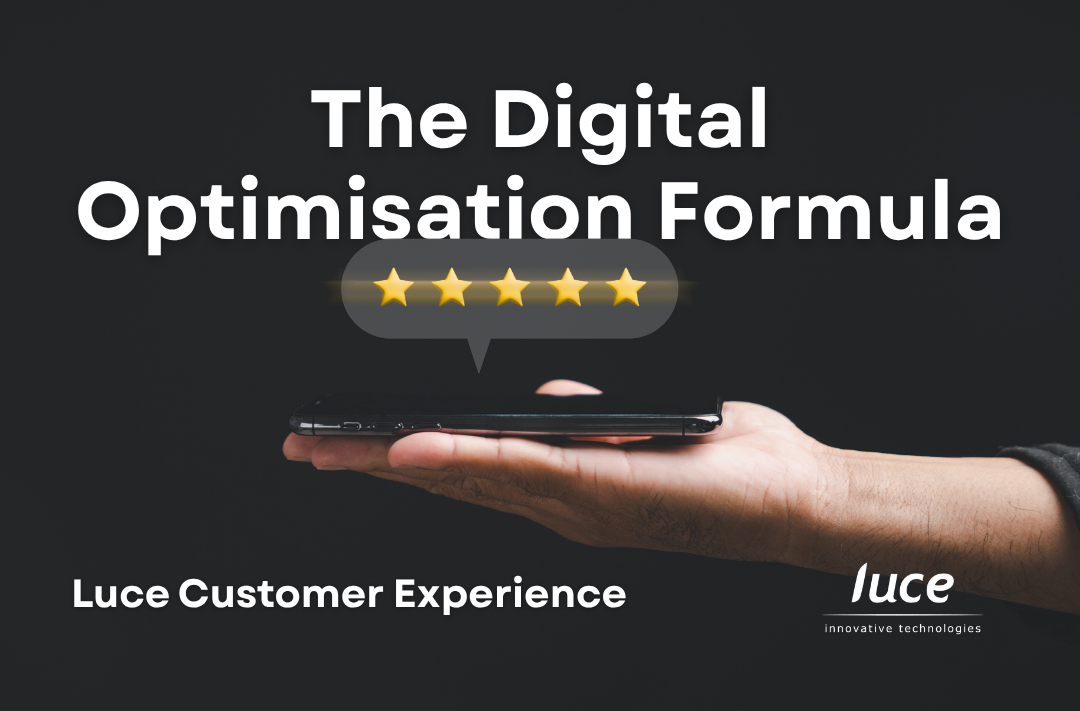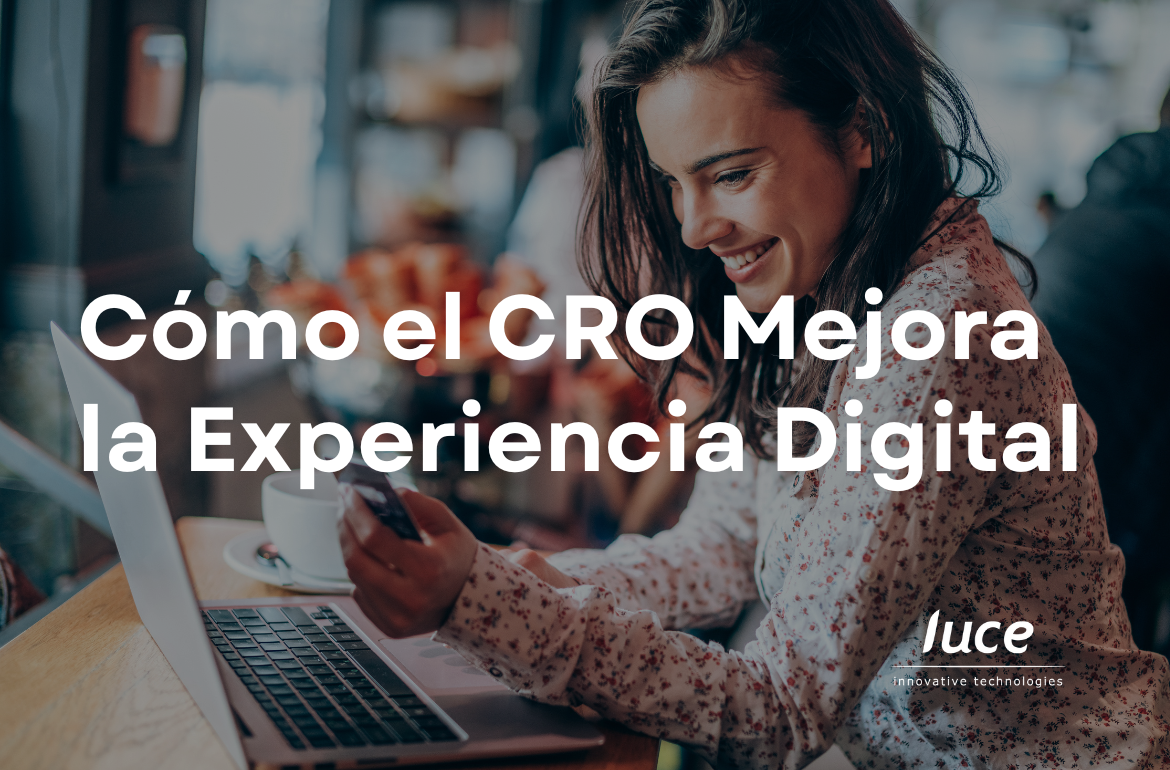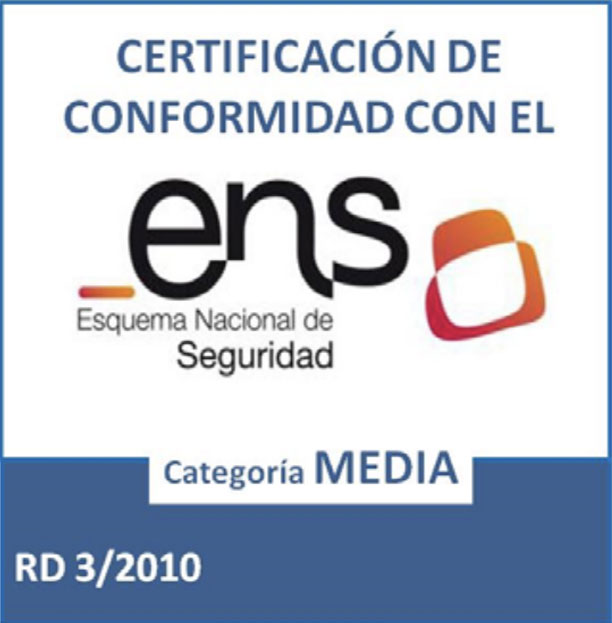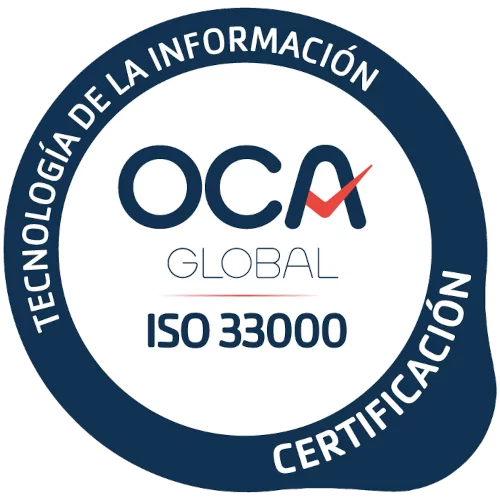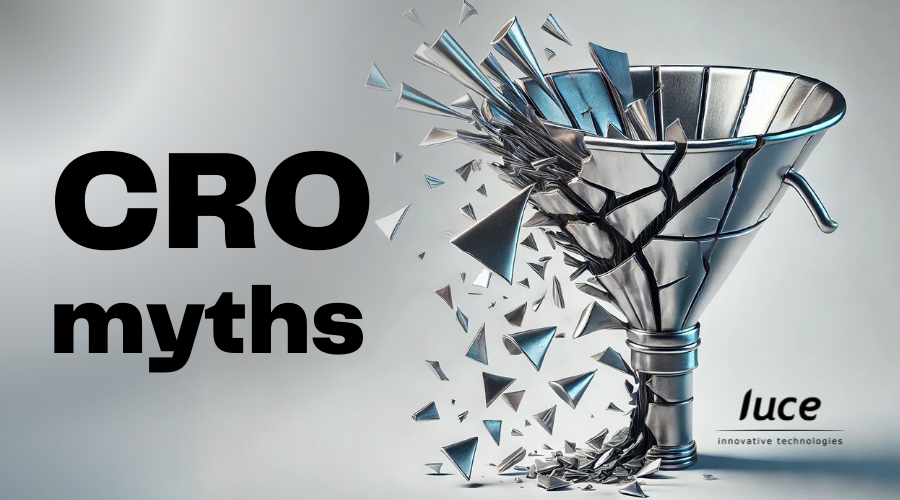
CRO Myths
Misconceptions about CRO that could be negatively impacting your digital marketing strategies
CRO is a fundamental methodology that all organisations should apply to convert users into loyal customers by applying rules, analysis, optimisation and business strategies. Your company probably already has this methodology in place, even if it is unconsciously or not very refined, but it is probably not taking advantage of its full potential. Often, companies implement CRO tactics in isolation, without a well-defined strategic plan or a deep understanding of the data. This can lead to superficial improvements that, while they may generate some results, fail to make a significant and sustainable impact on conversion rates.
Maximising the benefit of CRO requires a holistic and structured approach. This involves not only A/B testing or adjusting visual elements of the website, but also a deep understanding of user behaviour, identifying bottlenecks in the conversion funnel and implementing continuous improvements based on real, measurable data. In addition, CRO must be aligned with overall business objectives, integrating with marketing, sales and product development strategies.
An effective CRO is one that not only converts more visitors into customers, but also improves the quality of the user experience, which in the long term builds loyalty and retention. It is an ongoing process, where iteration and learning are key to adapting to changes in consumer behaviour and the marketplace. While your company may have taken the first steps in this direction, refining and professionalising these practices will allow you to unlock the full potential of your optimisation efforts.
To refine and professionalise your CRO practices, you need to get rid of the myths that may be limiting the success of your strategies. Many of these myths stem from a superficial or incomplete understanding of what conversion rate optimisation really entails.
Myth 1: “CRO is just A/B testing”.
Reality:
Although A/B testing is a powerful tool within CRO, reducing all conversion rate optimisation to this method is a mistake. CRO encompasses much more, including qualitative and quantitative analysis, UX (user experience) studies, audience segmentation, and ongoing conversion funnel optimisation. Limiting yourself to A/B testing can cause you to miss out on valuable insights into user behaviour and other optimisation opportunities.
What to do instead:
Combine A/B testing with broader user behaviour analysis. Use heat mapping tools, surveys, and funnel analysis to better understand the barriers your users face and address them holistically.
Myth 2: “More traffic automatically means more conversions”.
Reality:
Increasing traffic is an important part of business growth, but it does not guarantee improved conversions. While bringing more visitors to your site is beneficial, if the user experience, content relevance, or value proposition is not adequate, that additional traffic will not translate into more conversions.
What to do instead:
Focus on the quality of traffic rather than just the quantity. Make sure your marketing campaigns are targeted to the right audience and that your website is optimised to convert that traffic into customers by offering a smooth and relevant user experience.
Myth 3: “CRO is a one-time process”.
Reality:
CRO is not a once-and-forget project. User preferences and behaviours change over time, as do market trends and technologies. Thinking that once you have optimised your site, the job is done can lead to a gradual decline in conversions as the context changes.
What to do instead:
Adopt a continuous optimisation mindset. Implement a constant cycle of analysis, testing and improvement to ensure your site remains competitive and aligned with current user needs.
Myth 4: “Best practices always work”.
Reality:
“Best practices” in CRO are a good starting point, but should not be taken as a universal solution. What works for one company or industry may not work for another. Blindly applying these practices can lead to disappointing results if they are not adapted to the particularities of your audience and your business.
What to do instead:
Conduct testing and analysis specific to your business before implementing any changes based on best practices. What really matters is what resonates with your specific audience, not what has worked in other contexts.
Myth 5: “CRO is only for increasing sales”.
Reality:
While the primary goal of CRO is often to increase sales, to limit it to this aspect alone is to ignore other important areas of conversion. CRO can be applied to improve other valuable actions on a website, such as increasing newsletter subscriptions, increasing the number of qualified leads, or improving customer retention.
What to do instead:
Clearly define which conversion goals are most important to your business and implement CRO strategies that address these goals. Consider all the ways users interact with your site and how you can optimise those interactions.
It is critical to understand that CRO is not a one-time effort, but a continuous process of learning and adapting. Thinking that you can implement it once and forget about it is another myth that could be negatively affecting the performance of your campaigns. To move forward and constantly improve, it is crucial to maintain a mindset of continuous optimisation, facing market challenges and adjusting your tactics according to changes in user behaviour.
By demystifying these misconceptions and adopting a more holistic and strategic approach, your business will be able to realise the full potential of CRO. This will not only increase your conversions, but also strengthen customer loyalty, improving the user experience in a consistent and sustainable way.
Luce IT, your trusted technology innovation company
The history of Luce is a story of challenges and nonconformity, always solving value challenges using technology and data to accelerate digital transformation in society through our clients.
We have a unique way of doing consulting and projects within a collegial environment creating “Flow” between learning, innovation and proactive project execution.
In Luce we are going to be the best offering multidisciplinary technological knowledge, through our chapters, generating value in each iteration with our clients, delivering quality and offering capacity and scalability so that they can grow with us.
>> Would you like to work with Luce again?
>> Luce 2023 Master Plan: Winning the Game
